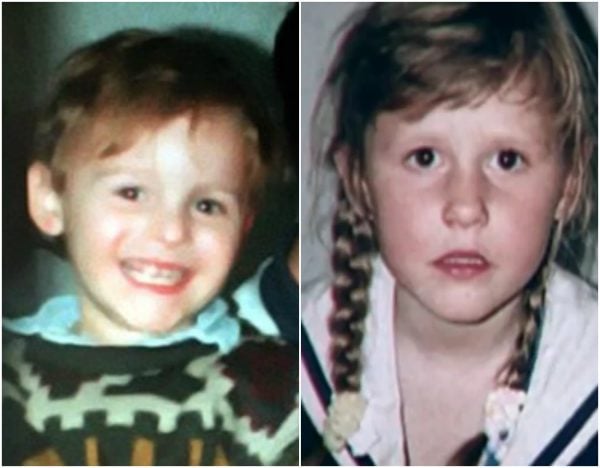As five-year-old Silje Redergard walked out the door of her family home on October 15, 1994, she turned to her family: “I love you,” she said.
Those were words the little Norwegian girl normally only uttered at bedtime. Why she chose to say them that afternoon, as she ventured off to play in a nearby field, is something about which her mother still wonders.
“That was the last thing she said to us,” Beathe Redergard previously told The Guardian. “It’s like it was fated.”
A short time later, Silje was bashed, stoned, stripped naked and left to freeze to death near her Trondheim home. It was discovered the following day that her attackers were the same people she’d been building “snow castles” with just moments earlier – two locals boys, both aged six.
Why the pair turned on their playmate remains unknown; “We beat her till she stopped crying,” one of them told the police, simply.
For the age of those involved, for the nature of the crime, many comparisons been drawn over the years between the murder of Silje and that of James Bulger – a British toddler abducted from a Liverpool shopping centre, tortured and murdered on 12 February, 1993, by 10-year-old Robert Thompson and Jon Venables.
But as a British television documentary this week noted, for all the disturbing similarities between the two cases, there was a striking difference: the public response.
The Bulger Killers: Was Justice Done? delved into why this divergence occurred, why the hysteria around the UK case was largely avoided in the wake of Silja’s death.



Top Comments
'But there’s one key difference in their cases.' - A completely different justice system?
I had never heard of the Norwegian case before now. Clearly the media chooses which cases be aired, and monitor the reaction.
No, the law/community does. Did you even read the story? It was reported. However, community standards regarding children ate different.